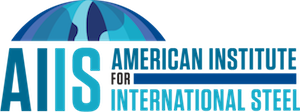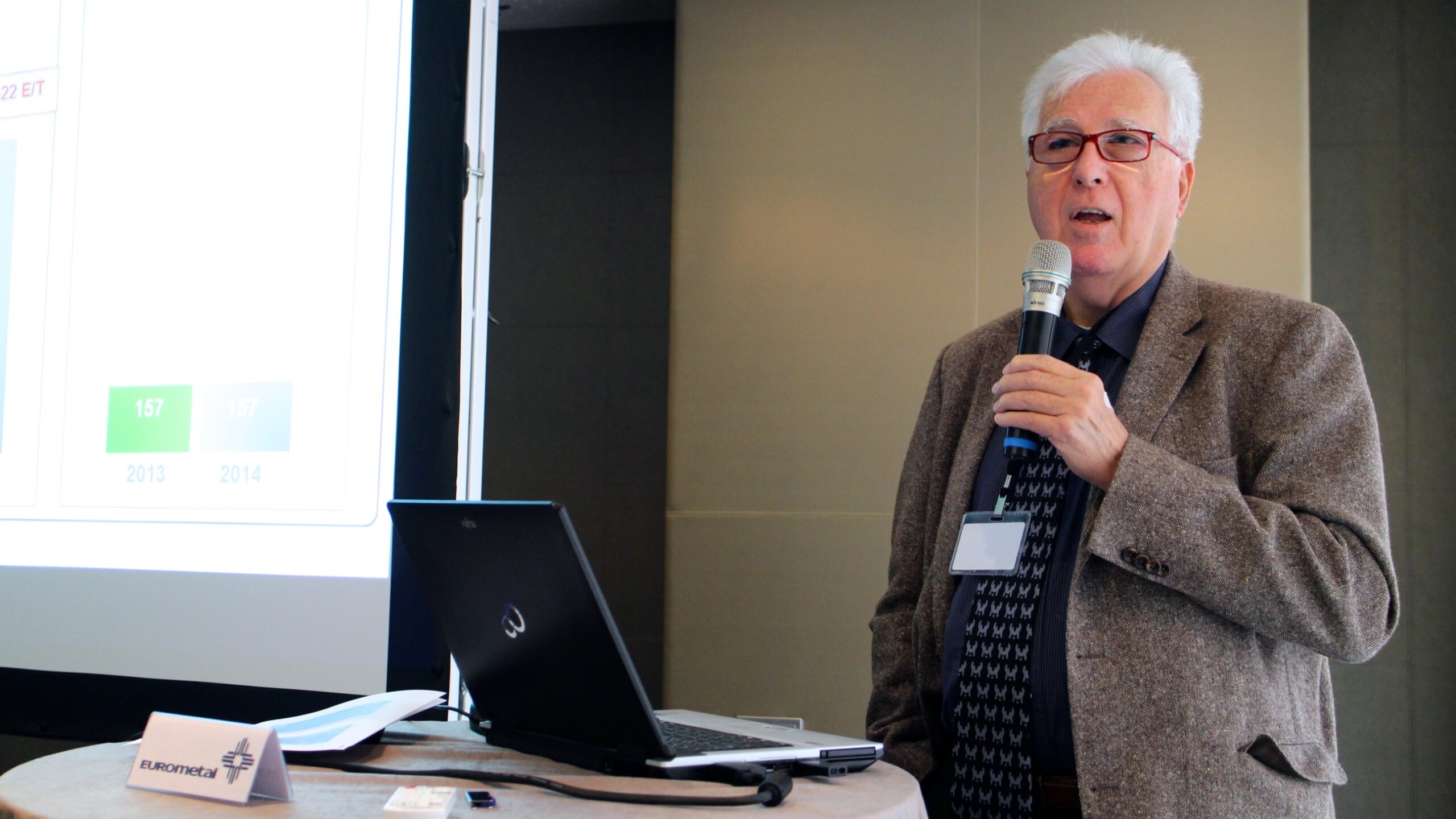
German mills discontinue scrap pricing survey
A regular monthly scrap pricing survey compiled from data collected at Germany’s steel mills has been discontinued by steel federation Wirtschaftsvereinigung (WV) Stahl at the end of 2015.
The survey has existed longer than the monthly survey by recyclers’ federation BDSV, which is compiled from input by scrap merchants. Often, the surveys’ results gave diverging information.
“The amount of publicly accessible price information has risen in recent years. Given the selection of such sources we have decided to stop our investigations in this regard,” WV Stahl tells Kallanish by way of explanation.
Market players from the scrap collecting industry had often argued that the prices given by WV covered only parts of the industry and were therefore not representative. “Apparently, two or three mils had stopped participating in those statistics,” one market source tells Kallanish. Others argue that the monthly average figures were overlapping and thus did not reflect the market adequately. They bemoan the fact that the prices were used as a basis for calculation by the automotive industry, or to define scrap surcharges in the past.
When WV Stahl announced that it was discontinuing its service, some mills had temporarily considered setting up a scrap pricing service themselves in recent months but this has not happened. “It is not all that easy. BDSV needed two years before it got its service up and running properly,” one source says. BDSV’s data are double-checked by an external institute which crops statistical outliers to arrive at credible figures, the source adds.
Kallanish

UK demand solid but ‘judgement day’ is coming: NASS
The National Association of steel service centers has warned the model of buying forward in a falling market cannot continue noting there is “a judgement day appearing” as we enter the new year.
While pricing has been weak throughout the year, the message in the latest annual report from director general, Peter Corfield, noted a reasonably good year for volumes.
“The maintaining of revenues by purchasing material ahead of the game in a market which has price levels on a downward spiral cannot continue, with a judgement day appearing ever closer as we approach 2016,” Corfield said.
UK demand for NASS Core Products in 2015 is expected to be circa six million metric tons; slightly down on 2014 levels but higher than any of the previous five years. Long products outperformed flats with volumes 8% above 2014 numbers. Structural Sections in particular benefited from the strong UK demand within construction, with NASS putting the volumes at 1.2 million mt. NASS members reported an 11% improvement on 2014.
Plate and profiling activity after the first 10 months of 2015 was 4% higher than last year. On the flats side hot rolled volumes were stable, cold rolled was down 15% and Hot Dipped Galvanised was 3% down.
“Whilst cost cutting exercises have been the main focus to address sustainability of steel businesses, the longer term strategies will clearly have to pursue increased added value activities and productivity measures to ensure products are processed and supplied to the marketplace as efficiently as possible,” Corfield said.
— Peter Brennan, PLATTS

Newsletter AIIS December 2015
Te counter-intuitive weather of late December 2015 seems very much like an exclamation point to all the economic uncertainty and geopolitical discord we have encountered this year, doesn’t it?
In Williamsville, New York, near Buffalo and ninety miles from Toronto, where I once went running on Christmas morning with the thermometer registering eight degrees, shorts were not an uncommon sight the third week in December. That scene was repeated December 23rd on the ice rink in New York City’s Bryant Park. Meanwhile, heavy snows blanketed parts of Texas and New Mexico.
Does all of this mean that what we thought we knew about how things are “supposed to be” regarding weather are not so? Te short and accurate answer is “no.” Weather, like many things we experience in life, is actually the result of a complex ballet of forces and factors which we can observe and measure, but do not always fully understand. Factors like the Pacifc North American Pattern (PNA) and the Arctic Oscillation (AO), along with its dreaded sometime companion, the polar vortex.
The key to understanding these forces and factors and their effects is close observation, and “connecting the dots.” Once weather analysts connect the dots, they can provide early warning.
This is exactly what we do with and for our members. We work hard to “connect the dots,” to monitor and make sense of the relevant political, legislative, and economic forces that shape the “weather” affecting our businesses and our well-being.
Like the distant weather patterns that afect what we experience when we walk outside, distant and seemingly unrelated events can and frequently do affect trade in steel. Market disruptions, conflicts, strife, border issues and volatile geopolitical developments transcend geographic boundaries, ripple across continents and oceans, and afect what happens in our ports, in our plants, and on our balance sheets.
We accomplish our goal of connecting the dots for our members in a number of ways. For example: We provide a “seat at the table” during significant trade-related policy discussions, negotiations, and other initiatives affecting steel trade. We build, sustain, and enhance partnerships with key public and private sector allies.

In 2015 EU steel distribution deliveries developed in a more positive way than in US
 In first 10 months of 2015, deliveries to steel end use segments by European flat steel service centers did increase by +6 % when compared to the same period of 2014.
In first 10 months of 2015, deliveries to steel end use segments by European flat steel service centers did increase by +6 % when compared to the same period of 2014.
Comparing October 2015 with October 2014, deliveries have been growing by +4 %, year-on-year.
On the other hand deliveries by European multi-product & proximity steel stockholding distribution turned less positive.
October 2015 deliveries decreased by -2 % when compared to October 2014.
In the first 10 months of 2015 deliveries by this distribution segment were lower by -2 % than during first 10 months of 2014.
Commenting the diverging business developments in the two main steel distribution segments, EUROMETAL Director General, Georges Kirps, pointed out that value adding flat SSC seem to enhance their market position as channel to supply strip mill products to steel end use sectors, mainly automotive and white goods.
Multi-product & proximity distributors are the privileged channel to route long steel products, plates and tubes to end use sectors construction industry, civil engineering, mechanical engineering and yellow goods.
In comparison to shipments of US steel distribution, Kirps added, that in 2015 EU steel distribution deliveries developed in a more positive way than those of their US colleagues, who will note a significant decline in 2015.
Georges Kirps, Director General
Liberty Tubular Solutions opens for business
Liberty House tells Kallanish that it has moved a step closer to creating what will be the industry’s first fully-integrated operation, from liquid steel through to finished product and market distribution. The steel and trading group was commenting following its acquisition last weekend of Caparo Tubular Solutions (CTS), based in the UK’s West Midlands (see Kallanish 30 November).
Liberty representatives formally moved into the CTS Oldbury headquarters plant early this week (1 December 2015) “… to join management and workers there in building a new future for the business,” Liberty says. The purchase of the business saves 333 jobs.
Liberty’s owners, the Gupta family, bought Caparo Tubular Solutions – now renamed Liberty Tubular Solutions – from administrators PwC only six weeks after restarting its own rolling mill at Newport, South Wales. This is already producing 50,000 tonnes/month of hot rolled coil for the UK market, Liberty says, based on imported slab. It intends eventually to begin melting domestic scrap with its EAF located on the same site.
Liberty House Group managing director Sanjeev Gupta says that, “… Tubular Solutions is a profitable and sustainable business and we are very excited about the future. There are many natural synergies between our hot rolled coil production and this design, manufacturing and distribution business. By working together these operations can create an integrated and robust new business model that will create value and protect jobs for the long term.”
Gupta and Liberty have an undoubtedly upbeat view of the potential of the UK steel sector at a time when many other steel industry operators are naysayers, both in word and deed. The new business model and – more importantly, the new positivity – is just what the UK steel sector needs, Kallanish observes.
Kallanish
Juncker charmeert kmo’s
De Europese Commissie en zijn voorzitter Jean-Claude Juncker willen de economie zoveel mogelijk aanzwengelen en denken daarbij ook aan de kmo’s. Volgens minister-president Geert Bourgeois krijgt Vlaanderen een investeringsportefeuille van 40 miljoen euro toegeschoven. Zowat 700 Vlaamse kmo’s zouden daar hun voordeel moeten uit halen. Het globale plan Juncker heeft een globaal investeringsplan aangekondigd van liefst 315 miljard euro om de economie uit het slop te halen en het aantal investeringen vooruit te stuwen. Dat enorme budget komt bijna volledig van privébedrijven, maar de Europese instellingen stellen zich garant.
Vlaamse kmo’s die denken in aanmerking te komen, moeten langs gaan bij de Participatiemaatschappij Vlaanderen (PMV) dat het Juncker-fonds mag en moet beheren. Het geld is bestemd voor risicofinanciering van kmo’s, maar ook voor infrastructuurwerken, onderwijs, onderzoek & ontwikkeling.
Vandaag geeft minister-president Geert Bourgeois meer uitleg over de modaliteiten van het zogenaamde Juncker-fonds. (KC)
http://www.madeinwest-vlaanderen.be/nieuws/juncker-charmeert-kmos/




